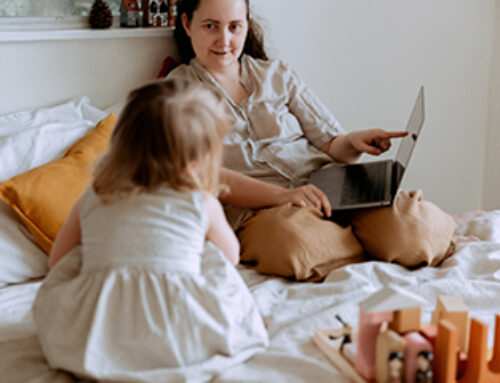Many people when learning of my job title think occupational therapy exists to help people find jobs, fulfilling the occupation part of occupational therapist. People are completely thrown off when they learn I work with children. Thankfully occupational therapists are not trying to predetermine or teach young children a variety of vocations. Instead, occupational therapists utilize the word occupation to encompass a greater amount of activities than just jobs. According to the World Federation of Occupational Therapists (2019) occupations are “everyday activities that people do as individuals, in families, and with communities to occupy time and bring meaning and purpose to life. Occupations include things people need to, want to, and are expected to do.”
Everything you did today is an occupation: getting dressed, going to the bathroom, driving, grocery shopping, meditating, working, hanging out with friends, playing in the park, going to the gym, and even sleeping. Some occupations are more important than others which are based on our personal preferences, age, location, culture, role expectations, physiological needs, as well as ability level. Occupations make up our lives and provide purpose to them. We are what we do.

The “Occupational Therapy Practice Framework: Domain and Process” (American Occupational Therapy Association [AOTA], 2014) outlines occupations according to 8 categories:
1. Activities of Daily Living- all activities related to taking care of one’s body
2. Instrumental Activities of Daily Living- more complex daily activities that involve the home and surrounding community
3. Rest and Sleep
4. Education
5. Work
6. Play
7. Leisure
8. Social Participation
Many people, adults, and children alike become disconnected from their occupations for a variety of reasons which affect their sense of meaning and engagement in the world. It is important that we all have access and/or insight into our own meaningful occupations whether they are routine or novel to further connect to ourselves as well as the world around us. Take time to reflect on the occupations that make up your day and the days of those that are dependent on you. Contemplate if these occupations are meaningful to you, unavoidable, or maybe they are meaningless and avoidable. It may be time to readjust.
References
American Occupational Therapy Association. (2014). Occupational therapy practice framework: Domain and process. American Journal of Occupational Therapy, 68(Suppl. 1), S19–S21. http://doi.org/10.5014/ajot.2014.682006 World Federation of Occupational Therapists (2019). Retrieved from https://www.wfot.org/about-occupational-therapy

Blue Bird Day fosters socialization, sensory regulation, and pre-academic learning in children ages 2-7 years in therapeutic rotations that simulate preschool and kindergarten settings. Our compassionate therapists practice a relationship-based and family-centered approach, provide parent training, and collaborate on goals and individualized intensive treatment plans for your child.
We believe in a collaborative and multi-disciplinary team approach to therapy. A team of occupational therapists, speech-language pathologists, dietitians, developmental therapists, behavioral therapists, physical therapists, and therapeutic assistants are created for each child to ensure child and family are fully supported and the best possible results are achieved.
Options for individualized, group and virtual therapy sessions are available as well.
Want to learn more or you have a specific question? Feel free to connect with us here!



